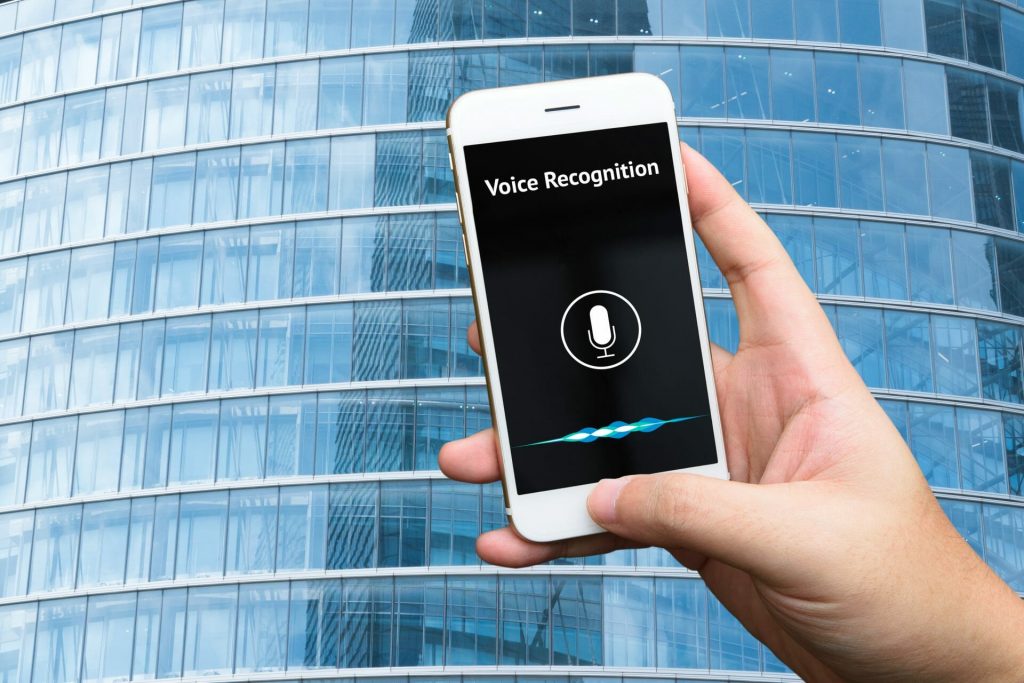Customer experience is often highest on the priority list for businesses. But in a post-pandemic world, organizations are looking for ways to improve the agent experience as well. By raising the importance of agent concerns to the same priority level as customer concerns, organizations can dramatically improve employee satisfaction levels, optimize the efficiency of individuals, and demonstrate best care practices. These steps can also improve agent recruitment and retention. The benefits also translate into a positive customer experience. Happy agents equal happy customers.
Here are three ways to enhance and improve the agent experience with voice technology.
Challenge 1: Authentication. A renowned technology research firm, Opus Research, has “long seen zero-effort authentication as a necessity for creating trusted links between brands and their customers.”
Solution: Voice biometrics provides a convenient and secure form of authentication for customers and an effortless task for agents. There are two types of voice biometrics, Active and Passive.
Active Voice Biometrics means that the customer enrolls by repeating a set phrase. On subsequent calls, the customer speaks their passphrase, which is compared to their stored enrollment voiceprint.
Passive Voice Biometrics means the customer is seamlessly enrolled by capturing historical or real-time audio. Enrollment is completed by recording the customer’s unique voiceprint during an initial conversation, not a specific phrase. On subsequent calls, customer’s conversational voice is compared to their stored voiceprint. A customer speaks with an agent and is transparently verified within the agent desktop.
It’s secure and effortless, turning a common pain point for agents into a seamless experience.
Challenge 2: Fraud. Right now, attackers are shifting from spoofing to using virtual call services since they are anonymous and untraceable. These fraudulent calls are legitimate calls that can be placed from many devices from anywhere in the world. This allows fraudsters to bypass spoofing detection technology with numbers unrelated to a record. Fraudsters then use social engineering on agents to grant them control over a customer’s record.
Solution: With Passive Voice Biometrics, agents themselves can help identify fraudulent activity in real-time. If a customer’s voiceprint does not match the one on file, the agent will be alerted of the voiceprint mismatch. The agent can then pass the warning signs to the fraud department to initiate investigation—while the call is still in progress. By giving these agents greater peace of mind, and the fraud department greater resources, everyone is protected and more productive.
Challenge 3: Containment. With greater reliance upon the contact center to solve customer issues, the workload of agents rises daily. Without intelligent proactive outbound communication and robust Automatic Speech Recognition and Text-to-Speech technology, customers route to agents for menial tasks to mine information that could be accessible ahead of the need/ask.
Solution: LumenVox’ Automatic Speech Recognition and Text-to-Speech enable automated yet dynamic and personalized interactions with customers within the IVR. This improves containment and reduces Agent Handle Time, as customers gain immediate access to relevant information, often removing the need for a live agent. With the use of Call Progress Analysis, agents’ time can be spent solely on live interactions with customers. Call Progress Analysis is a novel predictive dialer technology which uses Voice Activity Detection (VAD) to quickly and accurately classify whether calls were answered by a human or a machine. With this technology as well as statistical analysis, adjustments and feedback, agents can achieve optimal performance.
Voice technology can be leveraged in a variety of ways to shave valuable minutes from each agent’s workload. This translates into benefits for the business, for the agents themselves and for customers.
Find out more about LumenVox’ complete Voice Technology Stack here.





